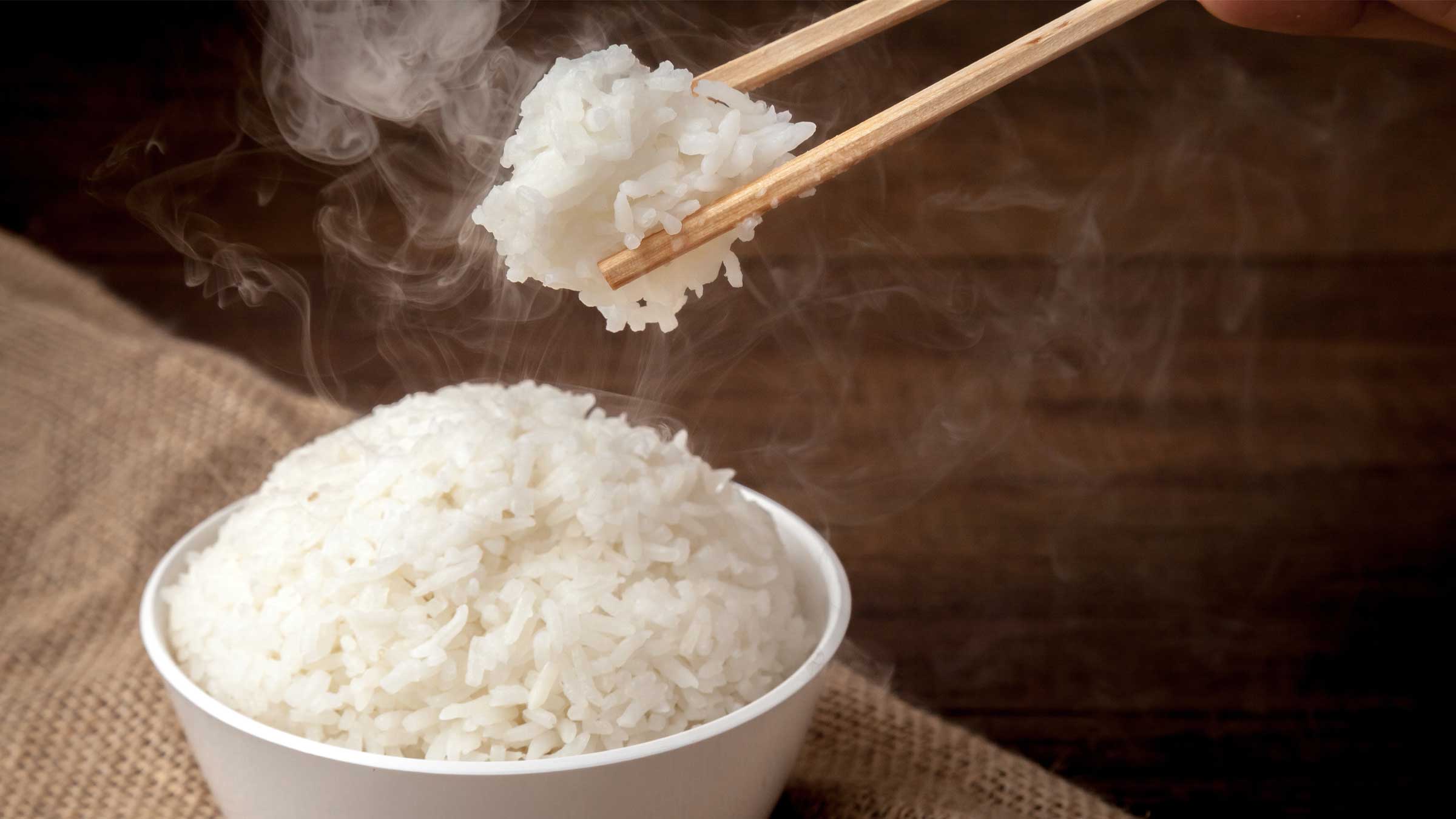
If you eat rice fairly often, you’ll want to know that research shows rice may have arsenic in it — potentially high levels.
Like lead or mercury, arsenic can become toxic if you take in too much of it. Over time, too much arsenic can increase your risk of cancer and lead to high blood pressure, type 2 diabetes and respiratory diseases.
Arsenic occurs naturally in soil and groundwater, and it’s also present as a result of coal mining and past use of pesticides, paint and wood preservatives, all of which contained arsenic.
Being very porous, rice can absorb a lot of that arsenic from the flooded fields where it’s grown. In fact, rice can soak up more arsenic than any other food crop. How much arsenic is in a rice field varies by the region.
There are steps you can take to remove some of the arsenic from rice before eating:
1Rinse rice when its raw to take out about 10% of the arsenic in it.
2Boil rice like pasta with six cups of water for every one cup of rice to remove an additional 40% to 60% of the arsenic.
3After boiling the rice, pour off the remaining water, then rinse the cooked rice again.
How to avoid losing nutrients by boiling rice
While you’re boiling off some of the arsenic from rice, you’ll also be losing some of the most valuable nutrients in rice, such as B vitamins and vitamin C. Because of this, you’re actually best off substituting rice with other whole grains, such as quinoa, barley, ferro, amaranth, bulgur and millet. They’ll be just as nutritious and don’t have arsenic in them because they don’t take up arsenic from the ground as they grow.
What foods contain the most arsenic?
Besides rice, seafood, dairy products, poultry and red meat all contain arsenic. But they typically have lower amounts of arsenic than rice, and they contain the organic form of arsenic — the form that combines with carbon and is less toxic.
Rice contains the more dangerous, inorganic form of arsenic found in soil, rocks and water. The body processes inorganic arsenic differently than organic arsenic, and that difference makes inorganic arsenic more potentially hazardous to the body.
Rice’s arsenic risk for babies
Rice milk, rice crackers and rice cereal, often given to infants as their first food, all could contain arsenic. Instead of giving rice cereal to babies, try multi-grain or oatmeal-based cereals. Make sure to read any baby formula ingredients to ensure there’s no rice in it. Some parents add rice into their baby formulas. I wouldn’t recommend this, not only because of the arsenic risk, but the rice puts the child at risk of choking and developing tooth decay.
Does all rice have arsenic in it?
Unless the rice is tested for arsenic, it’s hard to know how much arsenic might be in it. The amount of arsenic in rice depends on where it’s grown and how much arsenic is in the soil and irrigation water in the rice field.
Which rice has the lowest arsenic?
White rice typically has lower amounts of arsenic than brown rice. That’s because the bran, or the outer layers of brown rice, and the germ are removed to make white rice, which decreases the amount of arsenic.
Still, switching to white rice is probably not a good idea because white rice has very little nutritional value despite being lower in arsenic.
Rice grown in Nepal, north India or north Pakistan is considered to have the least amount of arsenic because these regions have less arsenic in their soil and water. Basmati or Jasmin rice typically are also lower in arsenic compared to other varieties.
Rice grown in an organic farm doesn’t necessarily mean it’s arsenic-free. Even if the farm doesn’t use pesticides containing arsenic — most of which are banned in the United States — arsenic can be in the soil from pesticides applied in the past.
If you eat rice daily or every other day, you might want to vary your diet with other grains.
Who is most vulnerable to arsenic poisoning?
Babies and older people are most at risk of arsenic poisoning as well as anyone who eats rice frequently. Babies’ organs are still developing, and the organs of older people don’t work as efficiently as they do for younger adults. As a result, babies and older people are less able to metabolize and rid their body of arsenic when they urinate.
If rice is a staple in your diet, such as in Asian or Latin cultures, you, too, can be vulnerable to arsenic poisoning.
How worried should I be about arsenic in food?
I would put arsenic under the same category as lead and mercury — it’s something to be aware of. Too much arsenic in your diet can lead to a toxicity, but you don’t have to avoid rice altogether. Instead, you can eat it occasionally. Varying rice with other grains is key.
See a health care provider if you think you may be experiencing the effects of arsenic poisoning, which include:
- Vomiting
- Numbness
- Tingling in your arms and legs
- Patches of skin turning dark on the bottom of your feet and the palms of your hands
You can have your blood tested for arsenic, and your drinking water can also be tested to ensure it’s low in arsenic.

Healthy eating is within your reach!
Make an appointment with our dietitians or nutritionists.
Schedule an appointment



